Research from Loughborough University has revealed that male voices have overwhelmingly dominated the coverage of the general election. Academics from the Centre for Research in Communication and Culture have audited news coverage for every general election since 1992. This analysis spans TV coverage from major broadcasters and print reporting by both broadsheet and tabloid newspapers in the UK.
Since the campaign began on 30 May, only seven of the top 20 prominent figures in election coverage have been women. This number dropped to six in the past week. Dr. Jilly Kay, a senior lecturer in communication and media, noted, “We’re seeing the continued dominance of men’s voices, which has been an established pattern throughout the campaign.”
The shadow chancellor, Rachel Reeves, was the woman who received the most coverage, ranking fourth behind Rishi Sunak, Keir Starmer, and Nigel Farage. This trio accounted for a combined 70% of the coverage last week, compared to Reeves’s 5%. Kay emphasized, “In terms of how visible [women] are and how much their voices are heard, it is a lot less than men.”
Despite the pressing issues affecting women today, the debate has been steered towards less significant topics, such as the rights of trans people, which serve as a distraction. Analysis of the data reveals that women accounted for only 22% of speaking time in campaign coverage. Among politicians, this figure was even lower: 19.4% on television and 18.8% in the press, highlighting a significant gender divide.
In the final leaders’ debate between Starmer and Sunak, broadcast last Wednesday on the BBC, moderator Mishal Husain received applause for challenging Sunak when he repeatedly talked over her. Kay pointed out, “We normally think about mansplaining as a kind of interpersonal problem, where men are speaking over women. However, there’s also a pattern of ‘media mansplaining’ where election-related interviews with sources from government, academia, business, trade unions, and think tanks are predominantly male.”
This systemic marginalization of women’s voices is evident as they are often represented as laypeople rather than experts. The BBC’s 50:50 Project, launched in 2018 to improve the gender balance of its contributors, showed that just over half of the content teams reached their target of 50% gender equality last year.
JK Rowling’s media prominence, largely due to her controversial views on trans rights, shows a shift toward culture wars over women’s substantial issues. The Loughborough researchers found that stories about “minority groups” and “culture wars” were among the top 20 most covered topics, with the former constituting 5% of all election coverage. Three women received significant coverage due to their comments on trans rights, with JK Rowling ranking as the sixth most prominent individual.
The focus on the so-called “gender ideology” conflict is crowding out other critical issues about women. According to the More in Common data, only 3% of people consider the debate about trans people to be a significant issue impacting their vote. In stark contrast, issues like the cost of living (61%), supporting the NHS (51%), and affordable housing (18%) are far more pressing to the electorate.
Dr. Kay concluded, “Women are underrepresented in parliament: only 35% of MPs before parliament was dissolved were women. But the media isn’t just reflecting that inequality; it’s exacerbating it by giving more airtime to men and sidelining significant issues that genuinely impact women’s lives.”
By diverting attention to debates on trans rights, the media is masking the real crisis: the systemic marginalization of women’s voices and the critical issues they face. This strategy not only undermines women but also misleads the public about the priorities that should shape our political landscape.




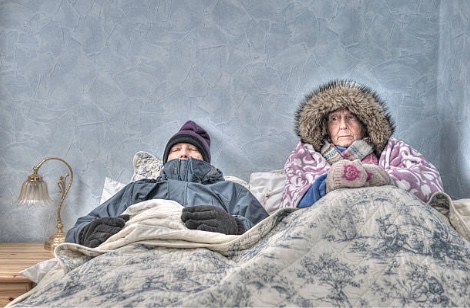


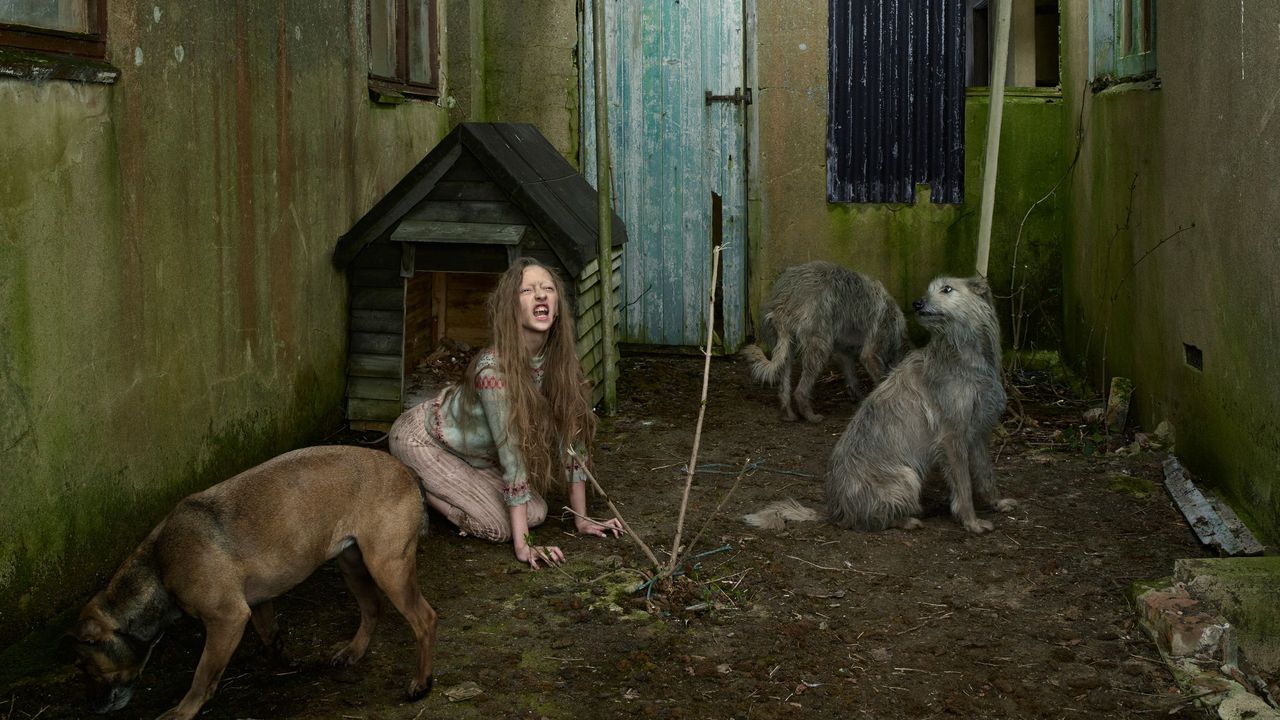


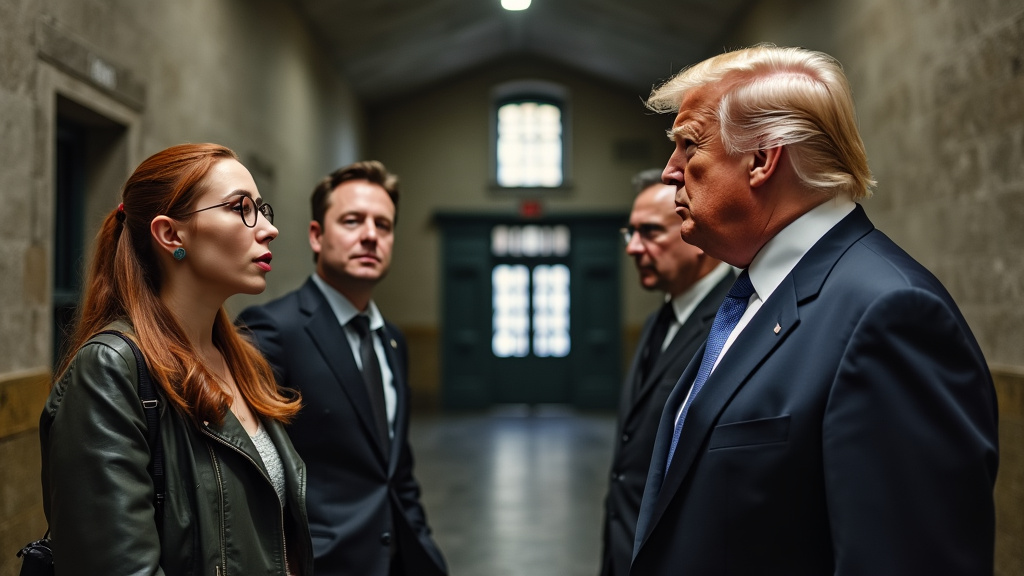
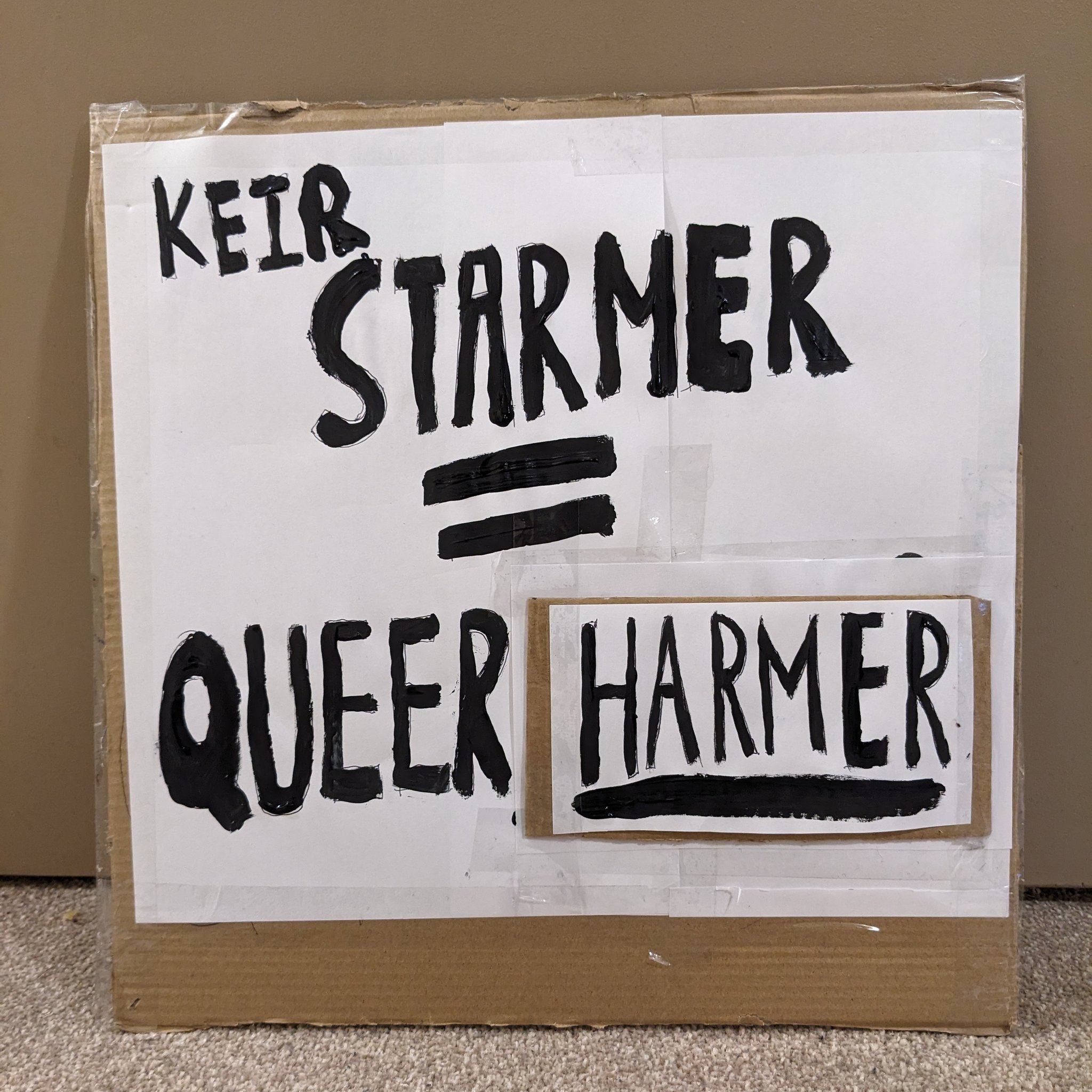
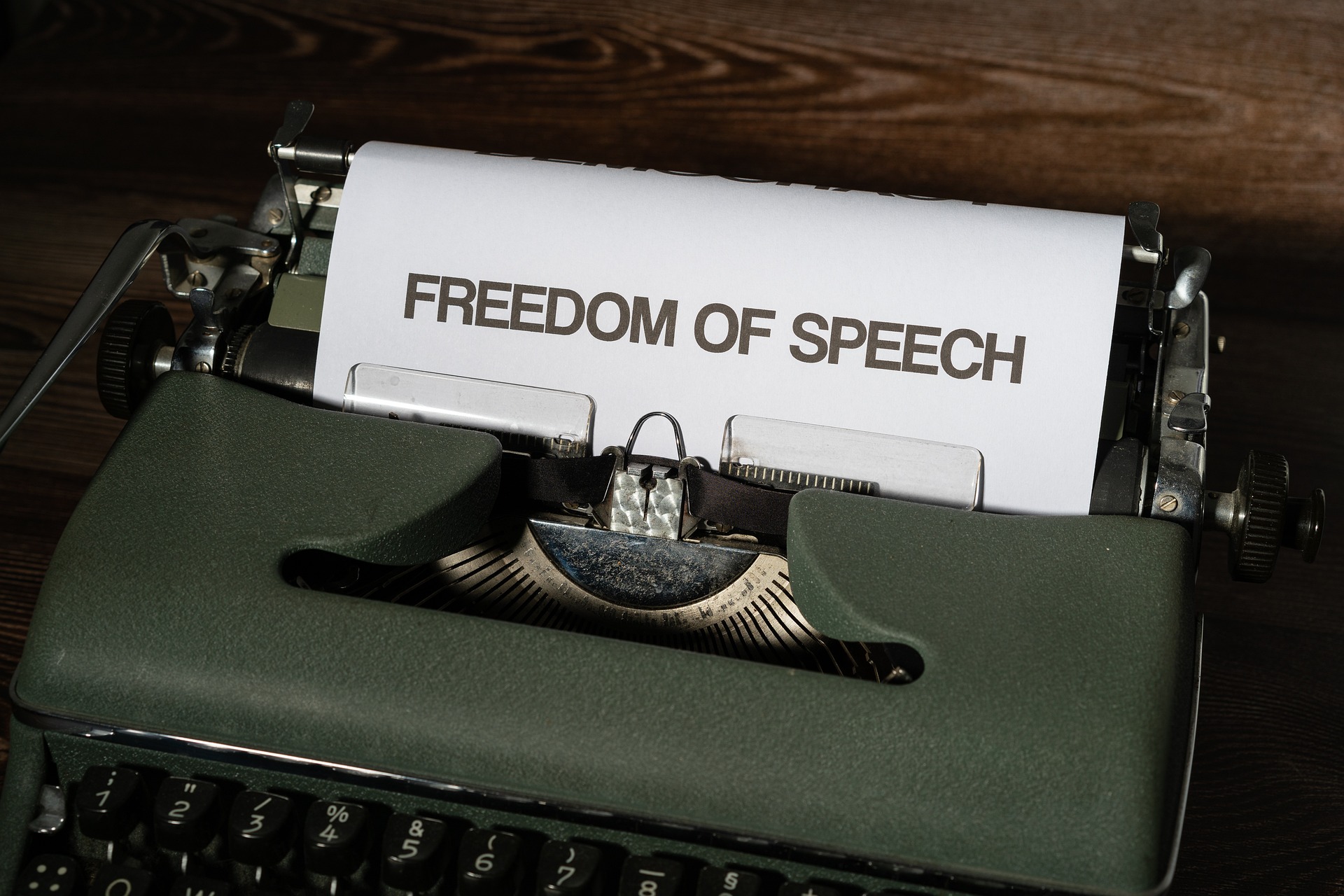
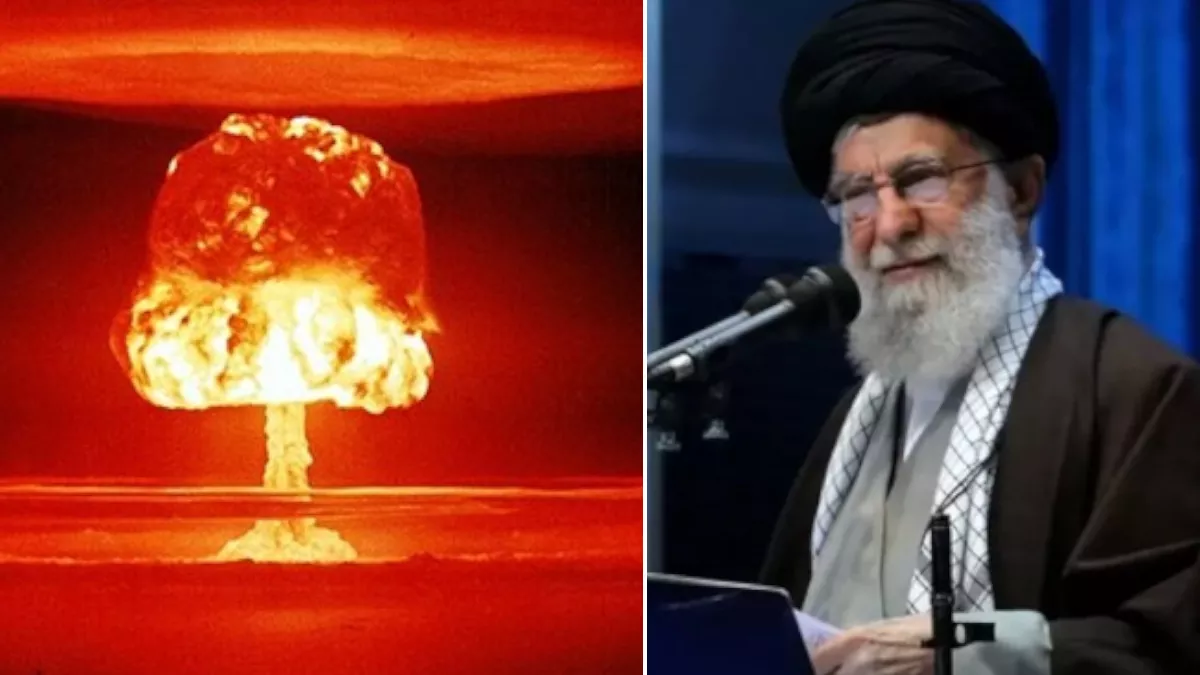
Leave a Reply